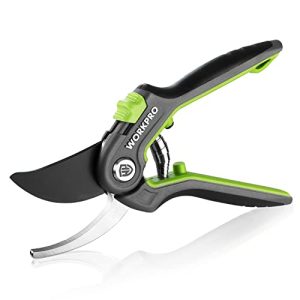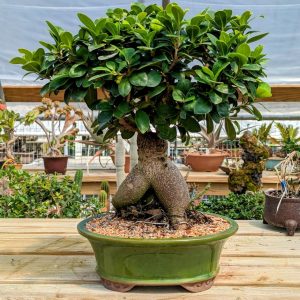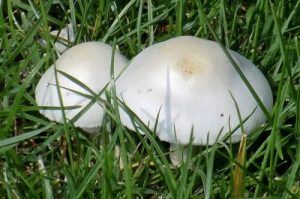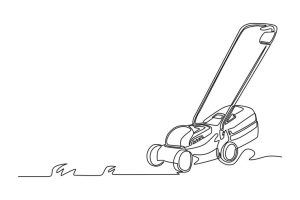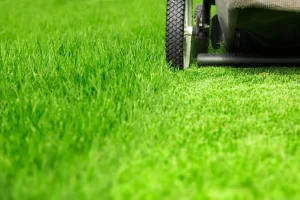Imagine stepping into your backyard and seeing a delightful miniature greenhouse that nurtures your favorite plants year-round. You can create this charming oasis with a few simple materials and a dash of creativity.
Building a miniature greenhouse isn’t just a fun project; it’s an opportunity to bring more green into your life while improving your gardening skills. Whether you’re a seasoned gardener or a curious novice, this guide will show you how to make a miniature greenhouse that suits your needs perfectly.
With every step, you’ll discover how easy it is to enhance your home garden and give your plants the perfect environment to thrive. Dive in now, and unlock the secrets to crafting your very own mini greenhouse masterpiece!
Benefits Of A Miniature Greenhouse
Building a miniature greenhouse offers year-round plant growth and protection from harsh weather. It creates an ideal environment for seeds and young plants, ensuring a thriving garden.
A miniature greenhouse is more than a decorative item. It offers numerous benefits to gardeners and plant enthusiasts. These small structures can transform your gardening experience by creating a perfect environment for your plants. Let’s explore why a miniature greenhouse might be an ideal addition to your home.Consistent Growing Conditions
A miniature greenhouse provides a stable environment for plants. It protects them from temperature fluctuations. This consistency helps plants thrive and grow healthily. You can control the temperature, humidity, and light. This ensures optimal growth for various plants.Space Efficiency
Miniature greenhouses fit in small spaces. Perfect for balconies, patios, or small gardens. They maximize your gardening area without taking up too much room. This allows urban gardeners to enjoy fresh greens and flowers. You can grow more in limited spaces.Extended Growing Season
With a miniature greenhouse, you can start planting early. It extends the growing season by protecting plants from frost. This means you can enjoy fresh produce longer. Grow seasonal plants beyond their usual periods. More harvests in a year.Pest And Disease Control
Greenhouses act as a barrier against pests. They reduce the risk of diseases affecting your plants. This controlled environment keeps harmful insects away. It also minimizes the need for pesticides. Healthier plants and safer produce.Cost-effective Gardening
Building a miniature greenhouse is often affordable. It saves money in the long run. Grow your own vegetables and herbs. Reduce grocery bills while enjoying fresh, homegrown produce. A small investment with big returns.Therapeutic And Educational
Gardening in a miniature greenhouse is therapeutic. It provides relaxation and stress relief. Children can learn about plant growth and care. It becomes an educational tool for the entire family. Hands-on learning and fun.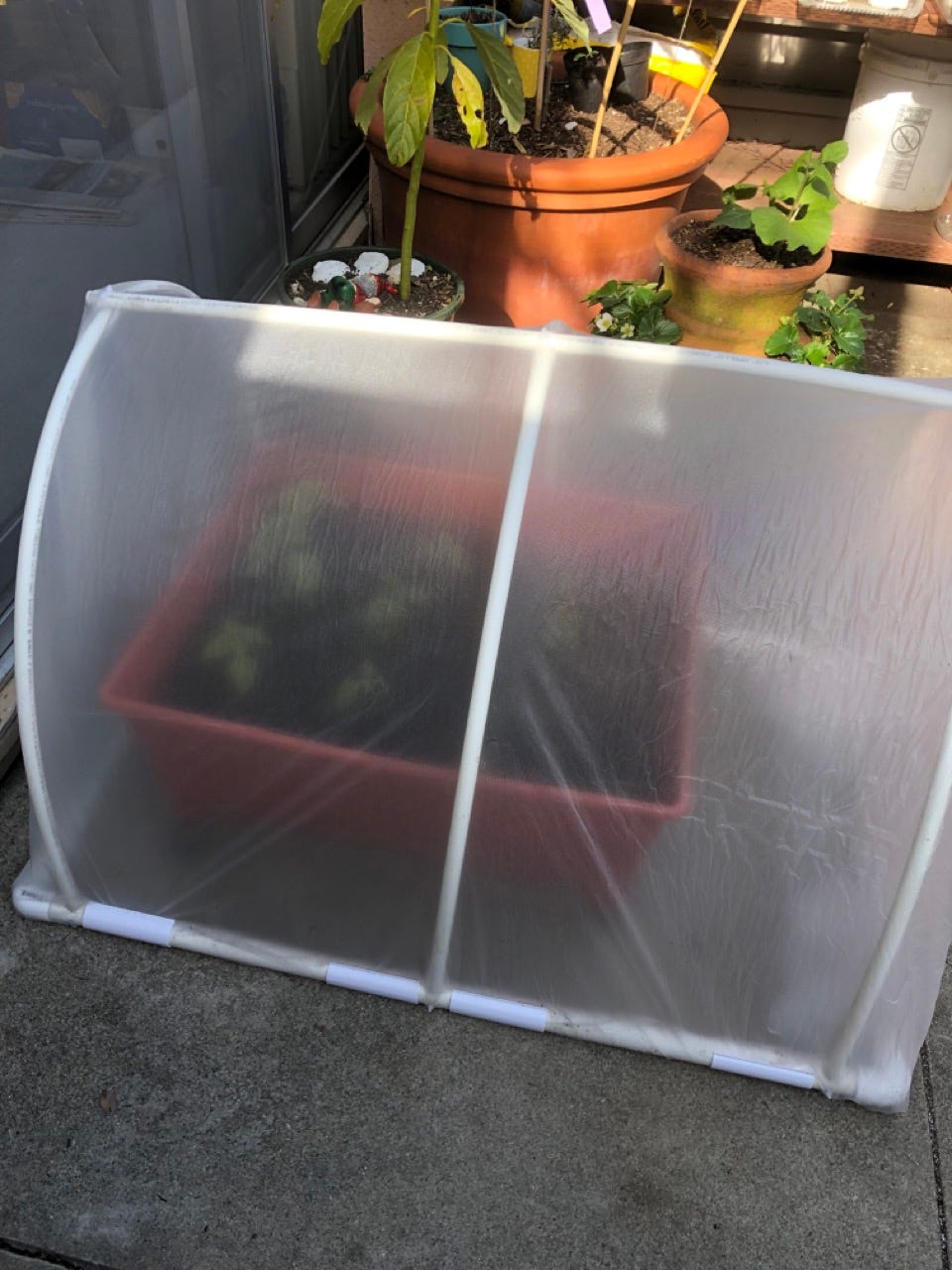
Credit: medium.com
Materials Needed
Gather clear plastic containers, small pots, potting soil, seeds, and a spray bottle. Ensure you have scissors and tape for assembly.
Creating your own miniature greenhouse is an exciting project that can transform your gardening experience. Whether you’re nurturing seedlings or growing delicate plants, having a controlled environment can make all the difference. To get started, you’ll need some basic materials, and you might want to consider a few optional add-ons to enhance your setup. Let’s dive into the essentials and explore what you might want to include in your miniature greenhouse.Essential Supplies
- Plastic Containers or Glass Jars:These form the structure of your greenhouse. Use clear containers to allow sunlight to penetrate.
- Potting Soil:Choose high-quality soil to provide nutrients and support to your plants.
- Seeds or Seedlings:Select plants suitable for your climate and greenhouse size.
- Watering Can or Spray Bottle:Keep your plants hydrated with a gentle mist or controlled pour.
- Small Tools:You’ll need items like a trowel and scissors for planting and maintenance.
Optional Add-ons
- Thermometer:Monitor the temperature inside to ensure optimal growing conditions.
- Grow Lights:If natural sunlight is limited, consider adding artificial lighting to boost growth.
- Humidity Tray:Elevate your greenhouse’s humidity levels by placing a tray filled with water under your containers.
- Mini Fans:Increase air circulation to prevent mold and promote healthy plant growth.
- Plant Labels:Keep track of different species and their specific needs.
Choosing The Right Location
Choosing the right location for your miniature greenhouse is crucial. It ensures optimal growth conditions for your plants. A suitable spot maximizes light exposure and maintains proper temperature. Consider both indoor and outdoor options for your greenhouse placement. Each has its unique benefits and challenges.
Indoor Vs Outdoor
Decide whether to place your greenhouse indoors or outdoors. Indoor greenhouses offer protection from harsh weather. They are ideal for small spaces. Outdoor greenhouses provide ample sunlight and ventilation. They require more maintenance to withstand weather changes.
Light And Temperature Considerations
Light is vital for plant growth. Choose a location with plenty of natural light. South-facing windows work well for indoor greenhouses. If outdoors, avoid shaded areas. Ensure the spot receives at least six hours of sunlight daily.
Temperature affects plant health. Maintain a stable temperature for your greenhouse. Indoors, keep away from heat sources like radiators. Outdoors, consider insulation during colder months. A consistent environment promotes healthy plant development.
Designing Your Greenhouse
Designing your miniature greenhouse is a creative and exciting process. It allows you to tailor the structure to your needs and preferences. A well-designed greenhouse ensures your plants thrive, offering them the perfect environment. Consider the elements of size, shape, ventilation, and access to create an ideal mini oasis.
Size And Shape
The size and shape of your greenhouse depend on your space and needs. A small, compact design can fit on a balcony or small garden. For larger spaces, a more extended structure provides room for more plants. Rectangular shapes are common, but dome shapes can be attractive and functional too. Choose a shape that complements your space and enhances plant growth.
Ventilation And Access
Proper ventilation is crucial for maintaining the right temperature and humidity. Include windows or vents that can open and close easily. This will help control airflow and prevent mold growth. Access is also essential for easy plant care. Ensure your design includes a door or removable panel. This makes watering and tending to your plants convenient and stress-free.
Step-by-step Construction
Building a miniature greenhouse is a rewarding project. This step-by-step guide will help you create a perfect space for your plants. Follow these simple instructions to construct a functional and appealing greenhouse.
Building The Frame
Start with a sturdy base. Use wood or metal for durability. Measure and cut the materials to your desired size. Connect the pieces with screws or nails for stability. Ensure the frame is level and square. This will support the entire structure.
Installing The Cover
Choose a clear plastic or glass cover. It should allow sunlight to enter. Cut the material to fit the frame. Attach it securely using clips or adhesive. Ensure there are no gaps. This will maintain the internal temperature and humidity.
Adding Shelves And Containers
Install shelves inside the greenhouse. Use lightweight materials like plastic or wire mesh. Arrange them to maximize space. Place containers on the shelves. Choose containers that fit your plants’ needs. Ensure they have drainage holes.
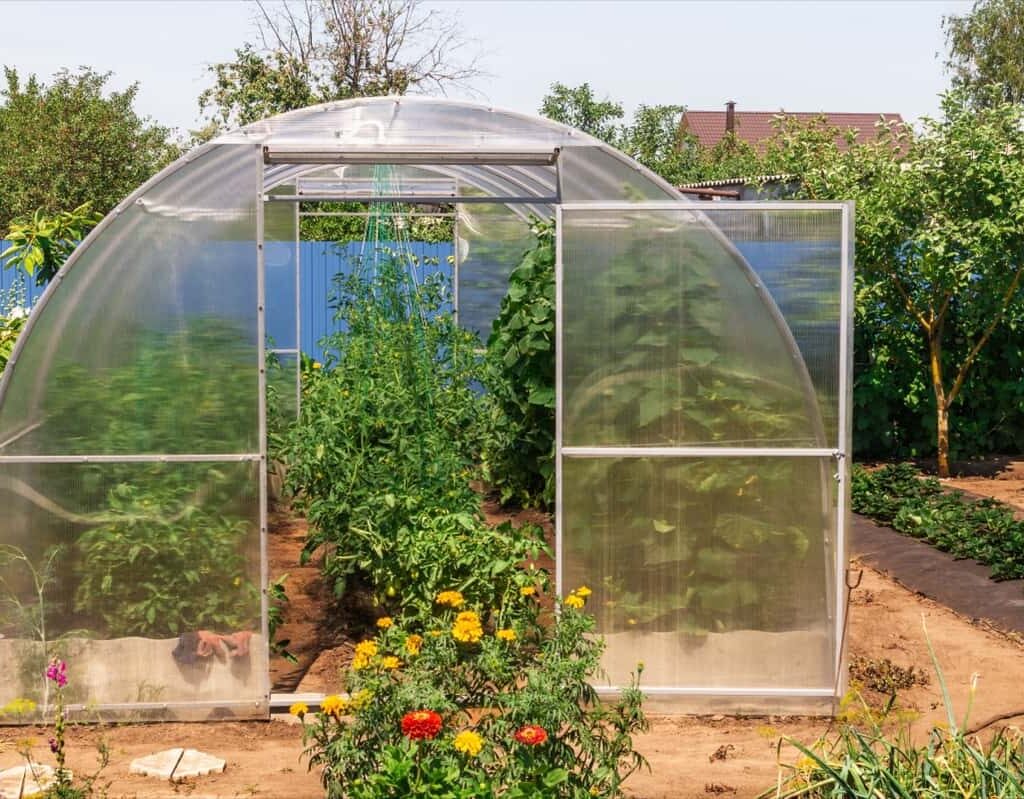
Credit: lodhigarden.com
Plant Selection For Miniature Greenhouses
Creating a miniature greenhouse allows you to enjoy greenery indoors. Proper plant selection ensures healthy growth and aesthetic appeal. Choose plants that thrive in small spaces and controlled environments.
Best Plants For Small Spaces
Select compact plants that fit in tiny spaces. Succulents like Echeveria and Jade Plant are perfect choices. They require minimal care and space. Herbs such as Basil, Mint, and Thyme grow well in small containers. Their aroma adds freshness to your home.
Consider dwarf varieties of common houseplants. Dwarf Peace Lily and Miniature African Violets are beautiful options. They bring color and life to your greenhouse. Small ferns like Maidenhair Ferns are great for adding texture.
Seasonal Plant Choices
Choose plants that align with the seasons. In spring, plant seeds like lettuce or spinach. They thrive in the cooler months. During summer, opt for flowering plants like Petunias or Marigolds. Their bright blooms enhance your space.
For fall, consider ornamental kale or pansies. They add color as temperatures drop. In winter, evergreen plants like small pines or cacti are ideal. They maintain greenery during the colder months.
Maintenance Tips
Choose a clear container for your miniature greenhouse. Ensure proper ventilation by poking small holes in the lid. Keep the greenhouse in a sunny spot and water plants sparingly to prevent mold. Regularly check for pests and remove any dead leaves to maintain a healthy environment.
Maintaining your miniature greenhouse is crucial to ensuring your plants thrive. It’s easy to get caught up in the excitement of setting it up, but ongoing care is where the real magic happens. Imagine this: you’ve built a cozy haven for your plants, but without proper attention, it can quickly turn into a neglected jungle. Let’s dive into some maintenance tips that can keep your miniature greenhouse in top shape.Watering And Humidity Control
Watering your plants is a delicate balance. Too much, and you risk drowning them. Too little, and they’ll dry out. Check soil moisture regularly by sticking your finger about an inch deep into the soil. Adjust your watering schedule based on your plant’s needs and the greenhouse’s microenvironment. Remember, humidity in a miniature greenhouse can fluctuate, affecting your plants’ health. You might consider using a humidity tray or misting the plants occasionally to maintain the right level.Pest Management
Even in a small space like a miniature greenhouse, pests can sneak in and wreak havoc. Start by inspecting your plants frequently for signs of trouble—look for discolored leaves or sticky residue. If you spot pests, act quickly. Natural remedies like neem oil or soap sprays can be effective. Keep in mind that cleanliness is key; a clean greenhouse is less inviting to pests. You might wonder, how often should you clean your greenhouse? Regularly wiping down surfaces and removing dead plant material can make a big difference. Maintaining a miniature greenhouse requires attentiveness and care, but with these tips, you’ll be well on your way to creating a thriving plant sanctuary.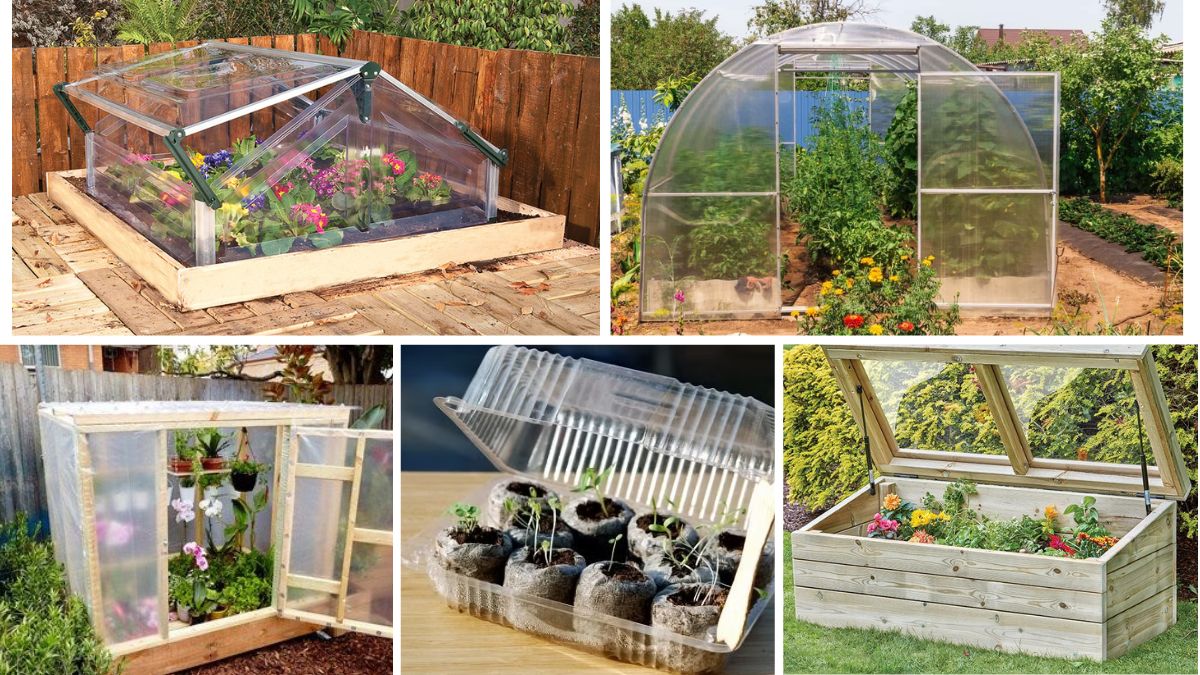
Credit: lodhigarden.com
Troubleshooting Common Issues
Building a miniature greenhouse often faces issues like poor ventilation and excessive heat. Ensure proper airflow by adding vents or small fans. Overwatering can lead to mold; monitor moisture levels and adjust watering accordingly.
Troubleshooting common issues in a miniature greenhouse can be challenging. Small spaces can lead to unexpected problems. Addressing these issues ensures your plants thrive. Here are some common problems and how to tackle them effectively.Temperature Fluctuations
Temperature changes can harm delicate plants. Miniature greenhouses often struggle with this. Inconsistent temperatures stress plants. To manage this, monitor temperatures regularly. Use a thermometer inside the greenhouse. Consider adding insulation. Bubble wrap or thermal blankets work well. Ventilation is key. Open vents during hot days. Close them at night or when it’s cold. A small fan can help circulate air. This prevents overheating.Mold And Mildew Prevention
Mold and mildew thrive in damp conditions. Miniature greenhouses can trap moisture. This creates ideal conditions for fungi. Keep humidity levels in check. Use a hygrometer to measure humidity. Aim for less than 70% humidity. Improve air circulation. Install small vents or fans. Water plants in the morning. This gives them time to dry during the day. Remove dead leaves and debris. They can rot and spread mold. Regularly clean the greenhouse. This stops mold spores from settling.Frequently Asked Questions
How To Make A Mini Greenhouse Easy?
Use plastic bottles or old picture frames to create a small greenhouse. Cut bottles in half, place over plants, or assemble frames into a box shape. Ensure good ventilation and sunlight access. This simple setup provides an ideal environment for plant growth.
Is It Cheaper To Build A Greenhouse Or Buy One?
Building a greenhouse may cost less if you use recycled materials. Buying one is often quicker and more convenient. Consider labor, materials, and long-term maintenance when deciding. Evaluate your budget and time constraints to choose the best option for your needs.
Do Mini Greenhouses Stay Warm In Winter?
Mini greenhouses retain some warmth in winter by trapping sunlight. Insulation like bubble wrap can enhance heat retention. They protect plants from frost but may need supplemental heating in very cold climates. Regular monitoring ensures optimal temperatures and plant health during winter months.
Are Mini Greenhouses Any Good?
Mini greenhouses are great for small spaces and protecting plants from pests. They extend growing seasons effectively. Ideal for beginners and those with limited space. They provide a controlled environment for seedlings and herbs. Easy to set up, they offer convenience and efficiency for urban gardening.
Conclusion
Creating a miniature greenhouse is a rewarding project. It’s simple and fun. You can grow plants anytime, even in cold weather. Small spaces work perfectly for these greenhouses. Use materials you have at home. Old windows or plastic bottles are great.
Keep an eye on your plants. They need water and sunlight. Adjust as needed. This project is perfect for beginners. You’ll enjoy fresh herbs or flowers soon. Start your miniature greenhouse today. It’s a great way to learn and enjoy gardening.
Happy gardening!


